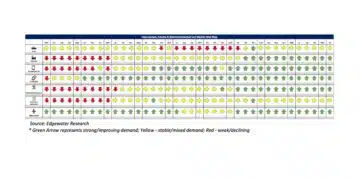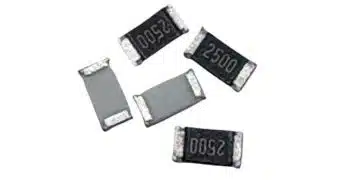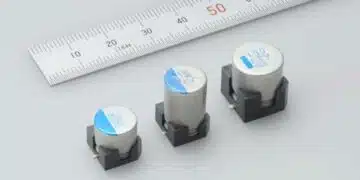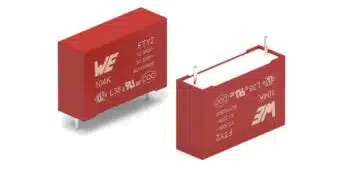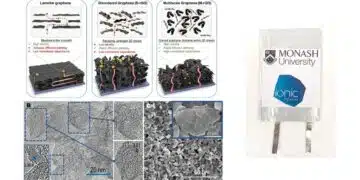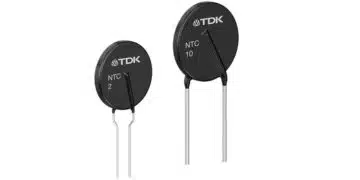Vanguard Electronics, under the iNRCORE Family of Brands, is pleased to announce the expansion of its CMN and SCMN series Common Mode Choke Inductors with the addition of eight new series: CMN4, CMN6, CMN7, CMN9, SCMN4, SCMN6, SCMN7 and SCMN9. These new series are the latest addition to Vanguard’s growing High-Reliability and corresponding Space Grade product lines.
“These are truly game changing parts. Many of our high end industrial, military and aerospace customers are designing power supplies with high voltages and higher switching and need high power densities in a smaller package size with lower parasitics.” said Scott Harris, Director of Sales at Vanguard Electronics
“Vanguard has risen to the challenge and has developed these series to address the needs of today’s technology. Compared to the competition, these series provide better performance in a smaller package size. As our name implies, Vanguard is at the forefront of technology and innovation.” add Harris
The expanded product line of both High Reliability and Space Grade Common Mode Choke Inductors has been designed to operate in extreme conditions, work in frequency ranges from 100KHz to 600KHZ+ which make them ideal parts for GaN, GaS or SiC based power supplies or even traditional switching supplies operating at lower frequencies. These parts feature a compact low profile making it ideal for automatic placement as well as demands of high shock and vibration. Ten unique case sizes are available, making customization to fit your design easier than ever.
These new series of Common Mode Choke Inductors operate over an impressive temperature range of -55° to 125 Celsius. They offer the widest available combination of inductance and current ratings on the market and are available from stock to a few weeks.
The inductor’s overload current is one-and-a-half times its rated current. Our SCMN series are designed, built, tested, and qualified to MIL-STD-981. The inductors are designed to serve military, high-end industrial, extreme temperatures, and aerospace markets as well as anywhere noise suppression is needed.
| Series | Inductance Range (mH) | DCR (Ohms) | Current Rating (A) | Grade |
|---|---|---|---|---|
| CMN4 | 0.07 – 10.4 | 0.011 – 0.25 | 0.48 – 2.70 | Hi-Rel |
| CMN6 | 0.06 – 10.3 | 0.006 – 0.262 | 0.94 – 4.89 | Hi-Rel |
| CMN7 | 0.07- 10.7 | 0.004 – 0.262 | 0.99 – 7.45 | Hi-Rel |
| CMN9 | 0.09 – 10.6 | 0.007 – 0.076 | 1.95 – 8.26 | Hi-Rel |
| SCMN4 | 0.07 – 10.4 | 0.011 – 0.25 | 0.48 – 2.70 | Space |
| SCMN6 | 0.06 – 10.3 | 0.006 – 0.262 | 0.94 – 4.89 | Space |
| SCMN7 | 0.07 – 10.7 | 0.004 – 0.262 | 0.99 – 7.45 | Space |
| SCMN9 | 0.09 – 10.6 | 0.007 – 0.076 | 1.95 – 8.26 | Space |


